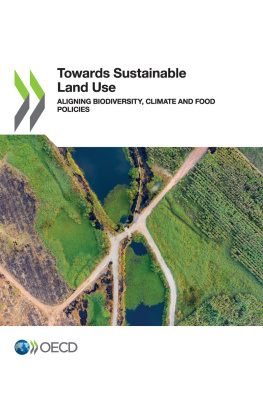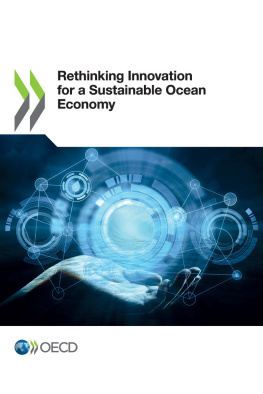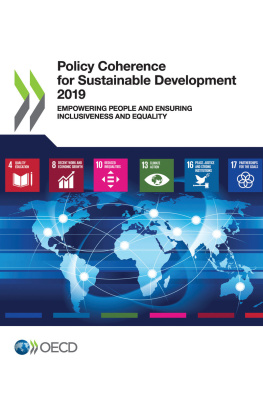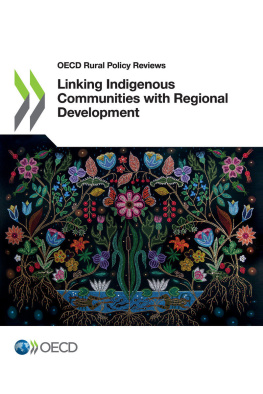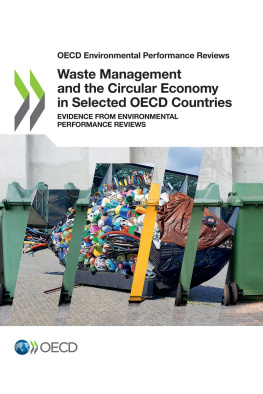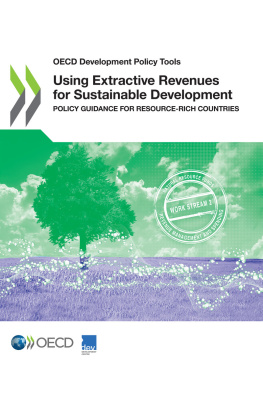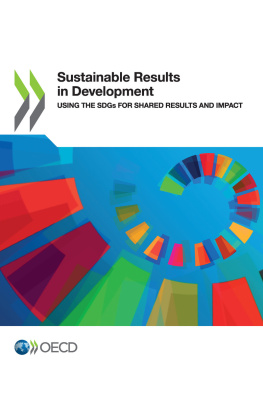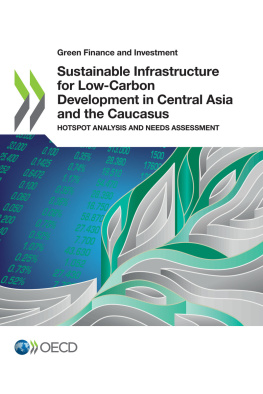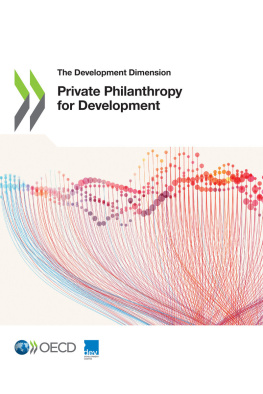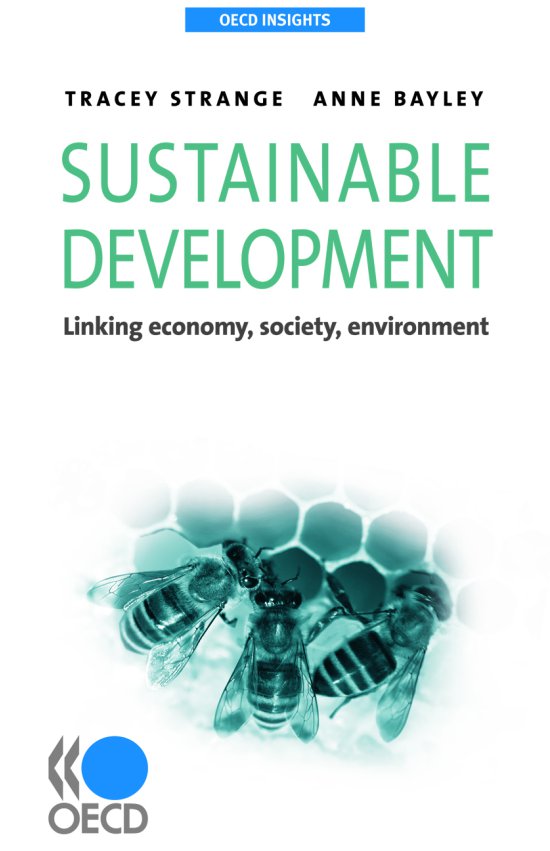Foreword
Since the Brundtland Commission published its landmark report in 1987, we have come a long way in our reflections on sustainable development. Few would dispute its fundamental principles: that our actions must take into account effects on the environment, economy and society, and that what we do today should not compromise the well-being of future generations.
In the last 20 years, significant progress has been made. Most national governments have begun to incorporate sustainable development into their planning and policy. Pro-active businesses across the globe have brought sustainability to their products and processes. Local initiatives have had success in informing citizens of the importance of participating in reducing waste, renewing urban spaces and other programs.
In spite of these efforts, though, putting the principles of sustainable development into practice has proven to be anything but simple or straightforward. After all, both people and institutions have their habits, and changing them, even when the need is obvious, can be daunting. A key question remains whether we have made enough progress, or taken the warnings seriously enough to allow us to grasp and confront our biggest, most pressing problems.
We have solid evidence of climate change, with projections pointing to an increase in extreme environmental events with potentially devastating consequences for the systems that support human life and society. About half the world still lives on less than $2.50 dollars a day, lacks access to clean water, sanitation, adequate health care and education an unacceptably stark contrast to the much higher standards of living in developed countries. Some emerging economies, such as China and India, are undergoing rapid growth, resulting in more wealth, but also an increased demand for energy and greater pollution problems. Finding sustainable solutions for growth holds the potential to help reduce poverty, foster development and preserve the environment. Implementing them requires political will and co-operation on a global scale.
The OECD has been at the forefront of the effort to advance sustainable development. We have supported extensive research on the challenges of sustainability and been active in efforts to develop best practices in areas such as sustainable production and consumption and measuring sustainable development. One of the significant challenges lies in policy coherence ensuring that different policies and practices support each other in reaching a goal. Achieving this coherence in our policies and institutions is essential to achieving real and lasting progress. With a long record of research, analysis and international co-operation, the OECD can offer policy options for addressing these challenges.
The aim of the Insights series is to generate an informed debate on some of the key issues that affect our societies and economies today. For a truly meaningful dialogue, we need to go beyond exchanging opinions no matter how fiercely they are held and look at the facts and figures. We also need to move beyond jargon. After all, it is this kind of inclusive and broad-based dialogue that will produce the most widely-supported decisions and strongest results.
Angel Gurra
Secretary-General of the OECD
Acknowledgements
The authors gratefully acknowledge the editorial contribution from Patrick Love and the substantive input and advice from the following:
Nick Bray, Emmanuel Dalmenesche, Adeline Destombes, Jeremy Hurst, Enrico Giovannini, Brian Keeley, Kumi Kitamori, Katherine Kraig-Ernandes, Vincent Koen, Raili Lahnalampi, Wilfrid Legg, Lorents Lorentsen, Marco Mira dErcole, Thorvald Moe, Helen Mountford, Christoph Mller, Mario Pezzini, Candice Stevens, Ton Boon von Ochssee.
Currency Note
Currency references are in US dollars unless otherwise indicated.
1. At the Crossroads
Life depends on a complex set of interactions between people, the natural environment and economic systems. The unprecedented growth seen during the 20th century has affected these relationships in both positive and negative ways. Record levels of pollution have put great stress on the environment. Economic growth has created immense wealth in some areas of the globe, but left others behind. Understanding the essential elements that support healthy societies and a healthy planet is an urgent need for people and their governments. |
By way of introduction
Two thousand three hundred miles to the west of Chile and 1 300 miles to the east of Polynesias Pitcairn Islands lies an island that has inspired intense interest for centuries, not for its perfect climate or its untouched beauty, but because it holds a secret, a mystery. Rapa Nui, or Easter Island as it was named by 18th century Dutch explorers, attracts scientists from around the world who come to study its stone statues, called moai.
The moai, like the pyramids of ancient Egypt, intrigue and confound us with their sheer size: weighing up to 270 tonnes and as much as 70 feet tall, these massive monolithic figures form an imposing presence: outsized human faces looking out over this remote island and the thousands of miles of ocean that lie beyond it. We marvel at the engineering and wonder at how stone-age Polynesians managed to erect such immense structures without the use of cranes, metal tools, or large animals. The creation of statuary of this size and sophistication speaks to the existence of a populous, creative and complex society one that was well-off enough to support an artisan class. They could afford to allocate time and resources to the various activities involved in making, transporting and erecting hundreds of statues.
Or could they? European explorers who visited the island in the 18th and 19th centuries found a population of only a few thousand, a mere remnant of the statue-building society that came before. Something had significantly altered life on Rapa Nui.
What had at one time been a sub-tropical forest was now a completely deforested island, with at least 22 species of trees and plants extinct. Most wild sources of food were gone overhunting had left Easter with almost no wild bird species. Without trees to make canoes, large fish were inaccessible, leaving only fish that could be caught close to shore. Evidence shows that these stocks too were depleted. What happened to bring Easters civilisation to near extinction, driving its population almost to zero and ending its period of cultural flourishing and creative production? In his book Collapse, Jared Diamond suggests a scenario in which the population continued to exploit resources available to them beyond their limits, in an environment whose ecological fragility made it vulnerable to permanent destruction. The exact cause of the deforestation is still being debated. The trees were cut to supply wood for rollers and beams to transport the statues. Forest was cleared for agriculture. Trees were also burned to obtain charcoal.
Another possibility is that rats brought to the island by the first settlers fed off the seeds of the trees. Easters collapse has inspired thousands of pages of study and analysis in part because islands make interesting cases studies, providing a kind of closed Petri dish in which we can study cause and effect. But Easter also intrigues us because of the extent of its devastation, what Diamond calls the most extreme example of forest destruction in the Pacific, and among the most extreme in the world. Is there a lesson in this experience for the world of today? What can we learn from Easters cautionary tale?



